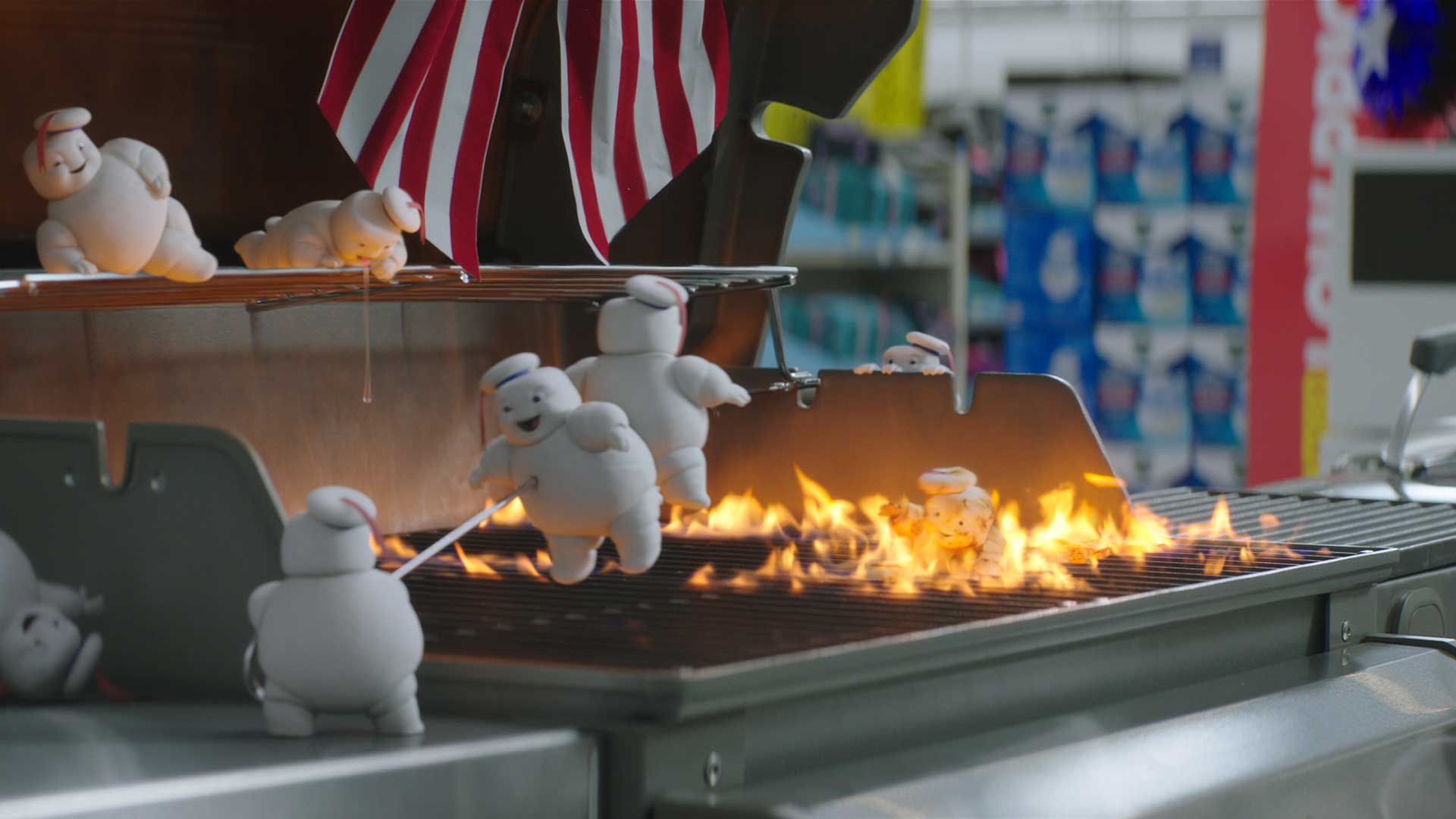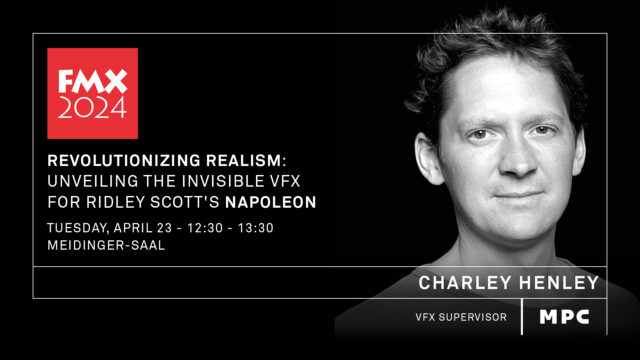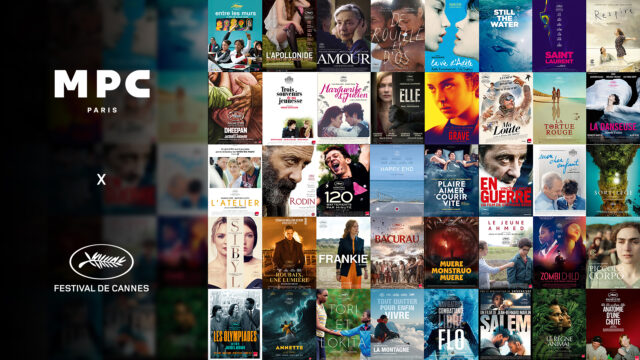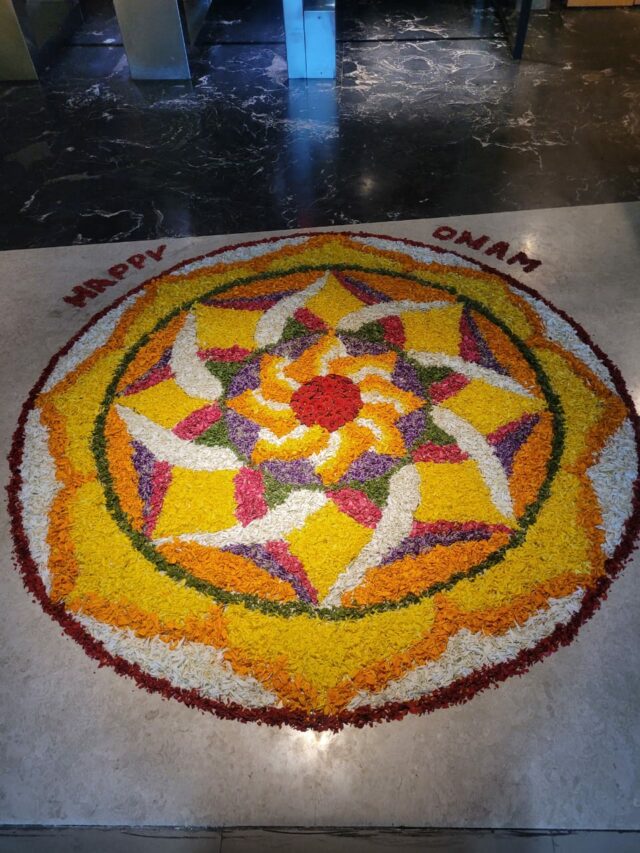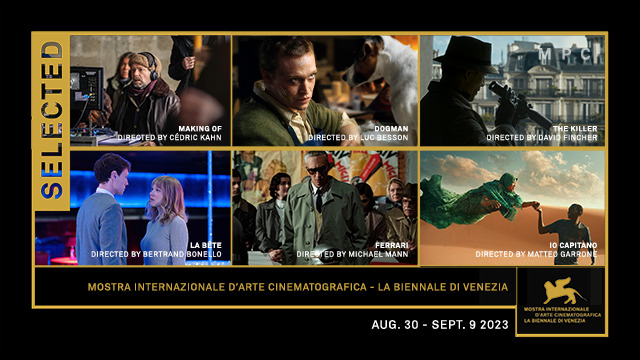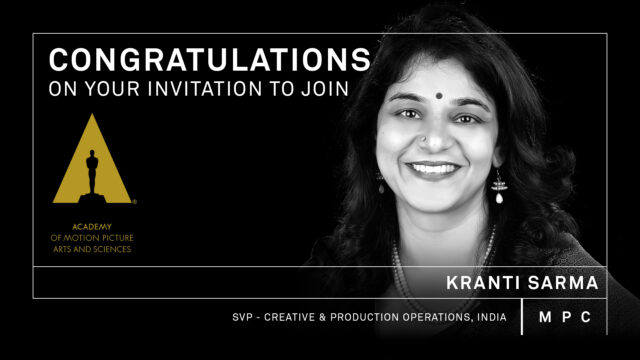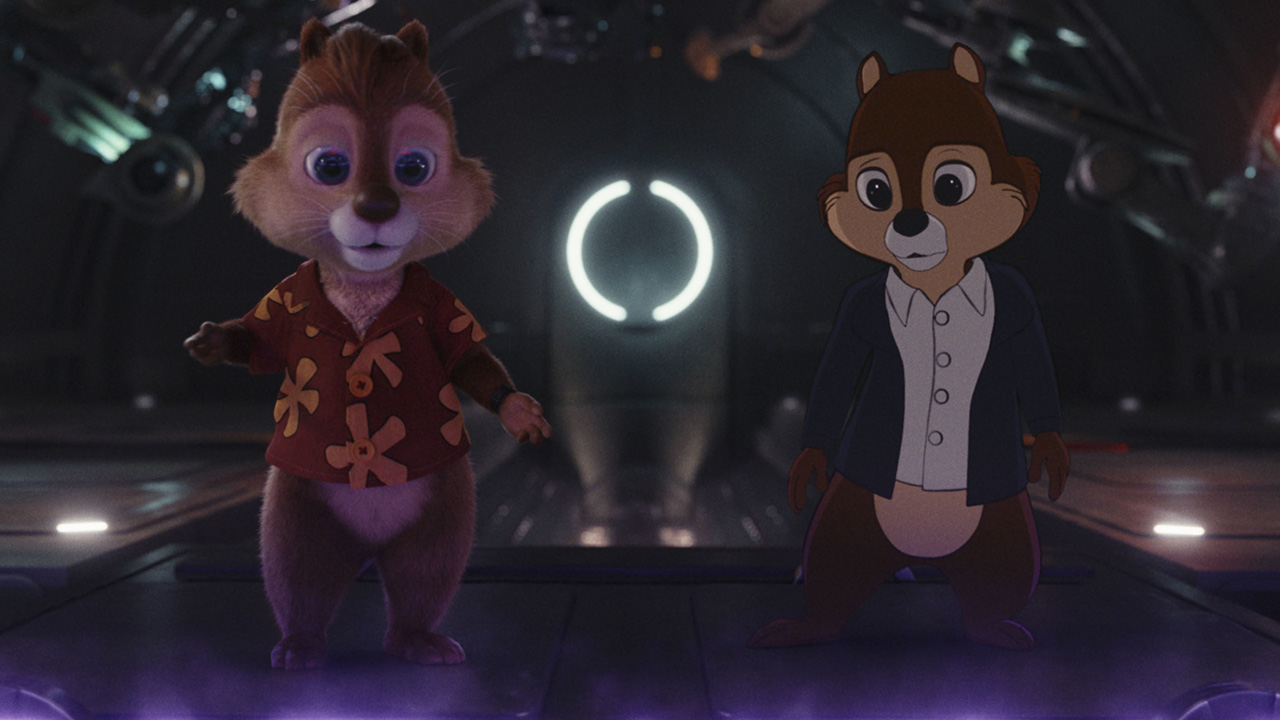Every year on June 8th we celebrate Ghostbusters Day, as it marks the anniversary of the movie released originally in 1984. The film, directed and produced by Ivan Reitman, celebrates its 39th Ghostbusters Day this year, so let’s look at how MPC brought the story into the new decade with its work on Ghostbusters: Afterlife. MPC team members across VFX, DFX, and more, worked together to help create Director Jason Reitman’s vision for the movie. The MPC team delivered 250 shots, spanned across 3 continents, and collaborated to create some of the film’s most complex visual elements.
The celebrate the 39th year of spooky VFX, check out our latest Ghostbusters Day showreel:
Since Dr. Egon Spengler was going to play such a central role in the story line, MPC was entrusted with bringing the character, who had been played by the late Harold Ramis, back to screens. To do this, MPC Film’s Character Lab amassed crucial reference material from the 1984 and 1989 Ghostbusters films, and they were also given access to digital scans of earlier footage that had never been used before. Using this material, the artists were able to construct angles and expressions, generating a likeness to the original actor. To test their success, the team inserted the digitally generated Dr. Egon Spengler into shots from the original Ghostbusters movie and presented it to the filmmakers to see if they could differentiate the original from the digital. Once they perfected this young doctor, it was time to age him to fit the concept art. The Character Lab team used nuanced facial modelling techniques and rigging to ensure MPC’s animators could create a convincing and emotional performance, and photorealistic hair and skin was developed. The team paid particular attention to the eyes, making sure they captured Ramis’ likeness.
The MPC team also had the honor of bringing back another iconic Ghostbuster’s character, but this time in “mini” form. The tiny Stay-Puft marshmallows in Afterlife are a fun rework of the original movie’s famous character and cause just as much trouble. The mini marshmallows create mayhem in a Walmart, in which each character brings its own personality to the chaos. The team was able to add gags and bits to the scene and even nodded to another famous 1984 movie: Gremlins. To get the animation just right, the team used toddlers as references to recreate the elements of clumsiness and cuteness in their movement.

Instead of the beloved Slimer, Afterlife introduces the audience to Muncher. To create him, the team used all the ghost references from the first two Ghostbusters movies. The team created several pieces of key art for the city chase scene with the Ecto-1 and Muncher, as well as the designs for the new custom proton trap and its effect on the ghosts. Additionally, they explored the transformation of Gozer, the malignant entity from another dimension, as she shifts into Gozer Spirit.
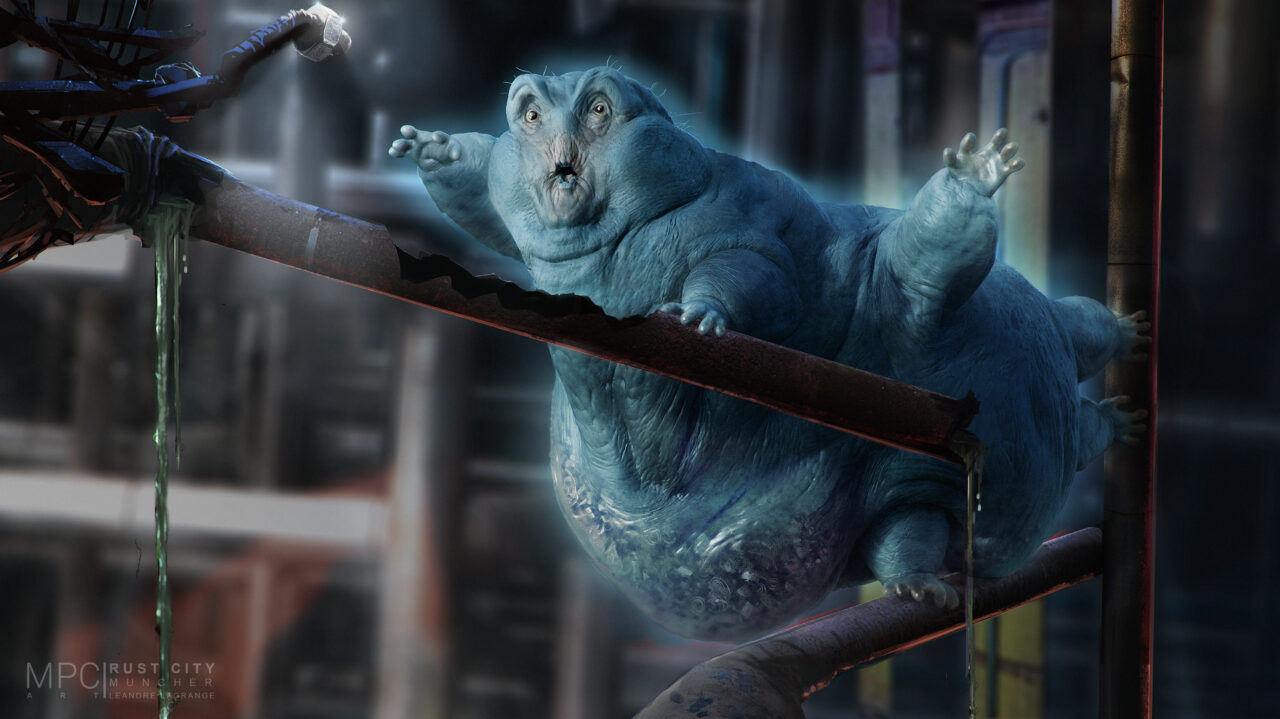
Finally, the team had to find a way to bring a 300ft tall ghost to a 1970s version of Times Square. Because shooting in modern Time’s Square can be restrictive, the shooting for the final action scene took place largely on green screens. The green screen set had street and sidewalk detailing, but the surrounding buildings were created in CG. Building the environment required extensive research to capture the detail of 1970’s architecture. In addition to the fully CG exterior of the fictional Mercado building, MPC also extended the sound stage set of the lobby as well as the upper floors. The main character of this scene is Rowan, who is a giant recreation of the classic no-ghost logo. Director Paul Feig wanted Rowan to appear as if a cartoon had come to life, so MPC took a traditional 2D artist animation of the no-ghost logo and then composited into the photographed backgrounds of the Mercado lobby. In subsequent shots, this 2D animated version of the character is transformed into a fully realized 3D final form of Rowan, who is a whopping 300ft tall. MPC modelled the character as if he had an underlying cartoon anatomy that had been wrapped in a loose cloth. The character then received a secondary anatomical motion with traditional muscle, fat, and skin simulations giving him more realistic features. To achieve the proper sense of scale, a high polygon count cloth simulation was created on the final surface surrounding the cartoon anatomy.
So, when it comes to creating a VFX ghost (or capturing it once it’s loose), you know who to call!
Check out our Ghostbusters showreel.
